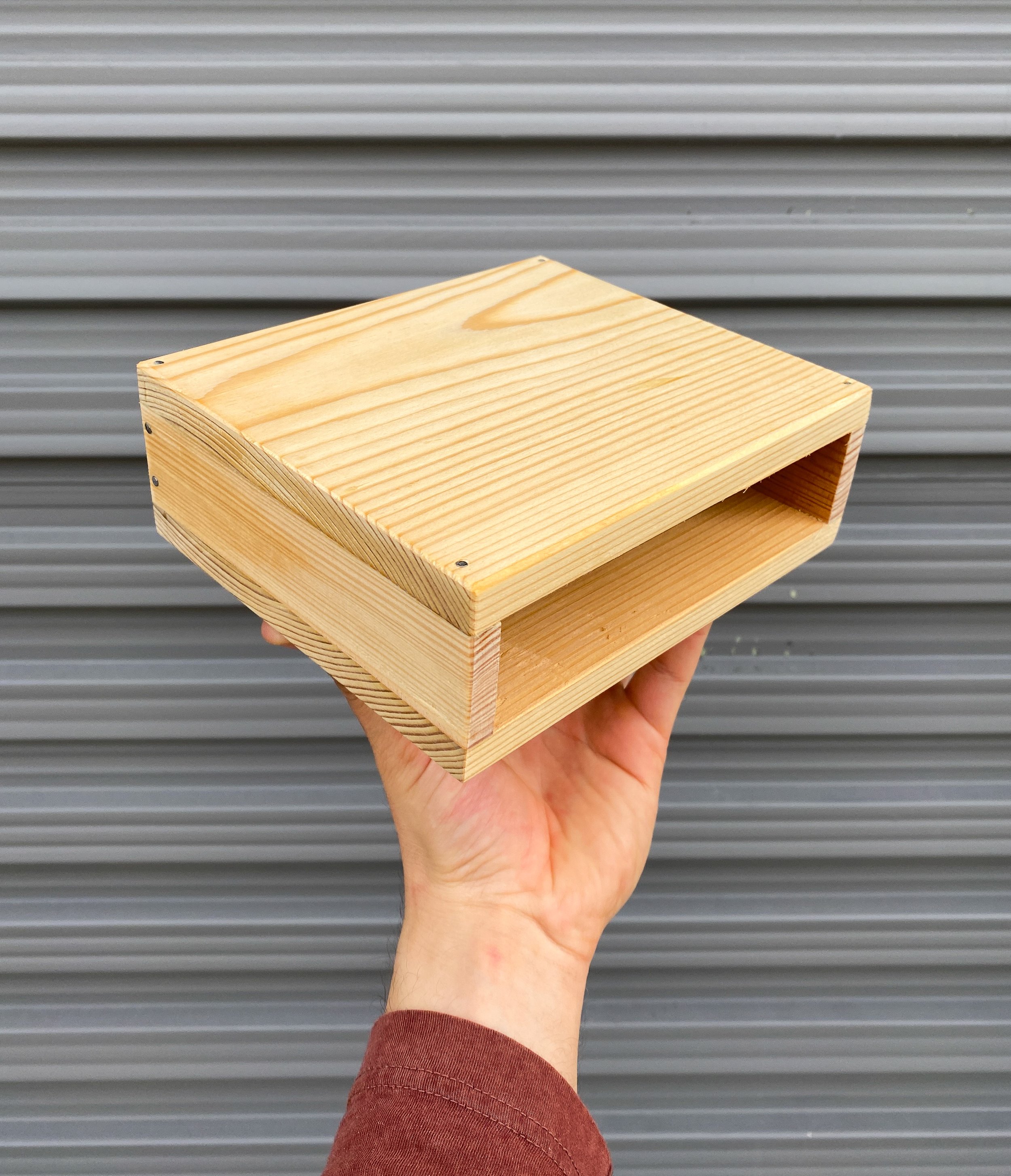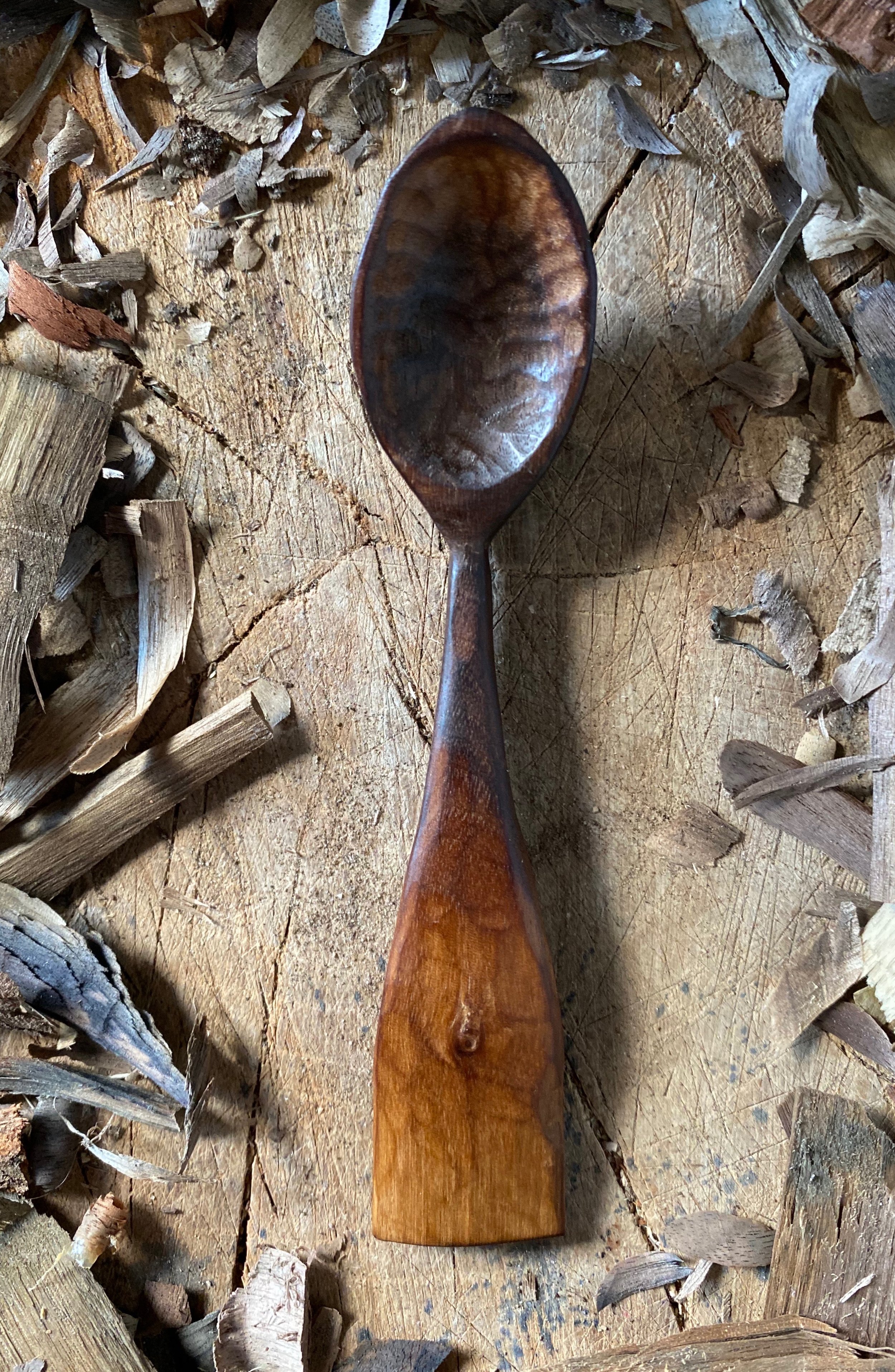Every new year it seems I am wrapping up a project from December. The beginning of 2023 is no different. I wrapped up my boarded bookshelf. The bookshelf design came from Christopher Schwarz. He wrote a great book on furniture design. It explores historical furniture forms that are simple to build. Ever since I had the interest to build furniture I have felt overwhelmed with where to start. This book has been my compendium. But building this bookshelf has been more than another project. It was a month of self-reflection.
The last couple of months in 2022 were hard. My brother passed away in a motorcycle accident, my partner and I got robbed, and I dealt with burnout. Looking back to the start of 2022, I was eager to start my series for a solo show. I did get some work done for that but not as much as I would have liked. As the year progressed I was going off track from my original goals of 2022. I am now indifferent about not getting more work done for my solo show. I am upset that I got caught up in miscellaneous projects. Commissions, murals, and requests from friends. I work part-time and all my free time was going towards these assorted projects. I was working two jobs but none were contributing to my overarching goals. I got frustrated. I was not doing anything that I wanted to do. While I would love to freelance with art, I realized in 2021 that the work that comes with it is not so great. Most people that commission you do not care about you or your style. They want “art”. Some people are content working like this. I would rather reserve my creative energy for myself or those who value my craft. And this isn’t the first time I’ve strayed from goals. Looking back on previous years I have committed the same mistake. It really boils down to an issue with boundaries. So this previous New Year's Eve, I decided to write a list. Not for goals but reminders. These reminders will act as my guide through this year. They will guide me to finish my bird series and finally share those in person.
Aside from the reminders it is my first ‘real’ attempt at fine woodworking. I built a couple of things prior for our space but nothing I felt proud about. After my class in Tampa, I felt inspired and confident to build more. This bookshelf utilized techniques that I learned during this class. And while we have a shelf system in our room I have never felt confident in its structure. It racks and we have had a couple of moments where things almost came crashing down. I built it with no plans and only from a drawing I made. Not to mention, it has a large footprint in our small space. So this bookshelf build felt like an appropriate build.
Following Chris’ book has been a great start to my furniture building. His techniques are simple but they have roots in history. This approach helps to ensure the furniture is built well. Sure, there are thousands of plans I could have chosen from. But this design spoke to me because it is not only beautiful but stout. I wanted something that I could have for life. Not something I’ll buy and have to throw away in two years. I am of the mindset that the things we own should be good things. Things we can have for a lifetime and/or pass on. A lot of consumer goods today are cheap. With the idea in mind that you’re going to throw them away and buy another. Sure, it sounds convenient and cheap. But wouldn’t you rather have something that does the job well and is durable? A good example of a durable good on this project is the nails I used for it. They are made in France and I can only seem to buy them from a store based in Canada. Aside from following Chris’ instructions, I chose these nails because they hold well. They move with wood in the seasons. And they add a beautiful decorative touch to the shelf’s carcase.
During the build, I hit a snag and had to make some changes to the backboards. This required me to use more nails than anticipated. Unfortunately, this was right around Christmas. So the extra nails I ordered took time to come in from the supplier. I shared this obstacle online. Some people thought I was abandoning this project. Or some made statements that I should be using screws instead of nails. One of the downsides to sharing anything on social media is the unsolicited advice. This comes with the culture of social media. But this should never deter you from doing things your way. Or completing it.
Now that the bookshelf is in our space, I can look at it daily. To remind me of all the things it taught me in its month of conception.
















